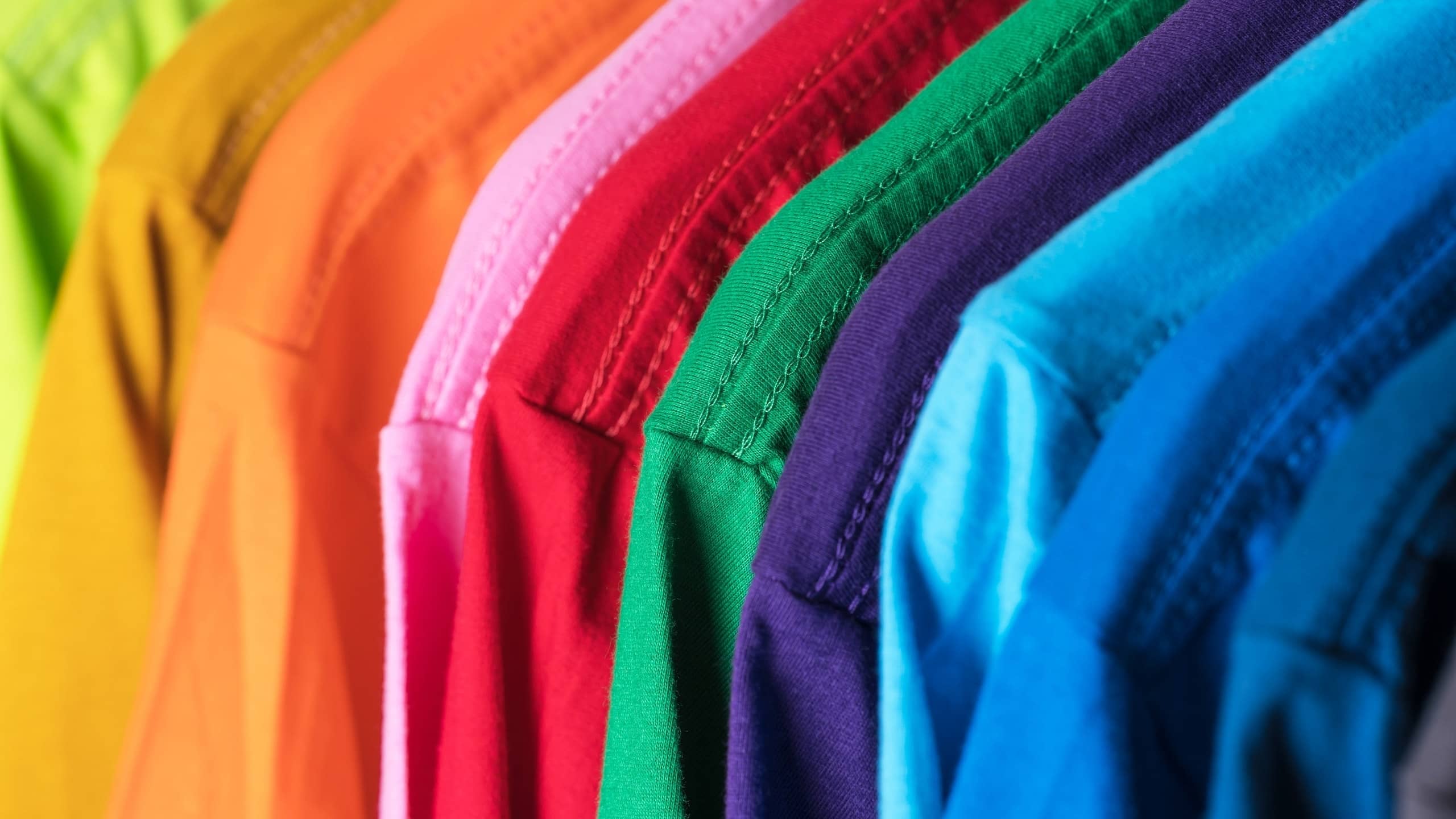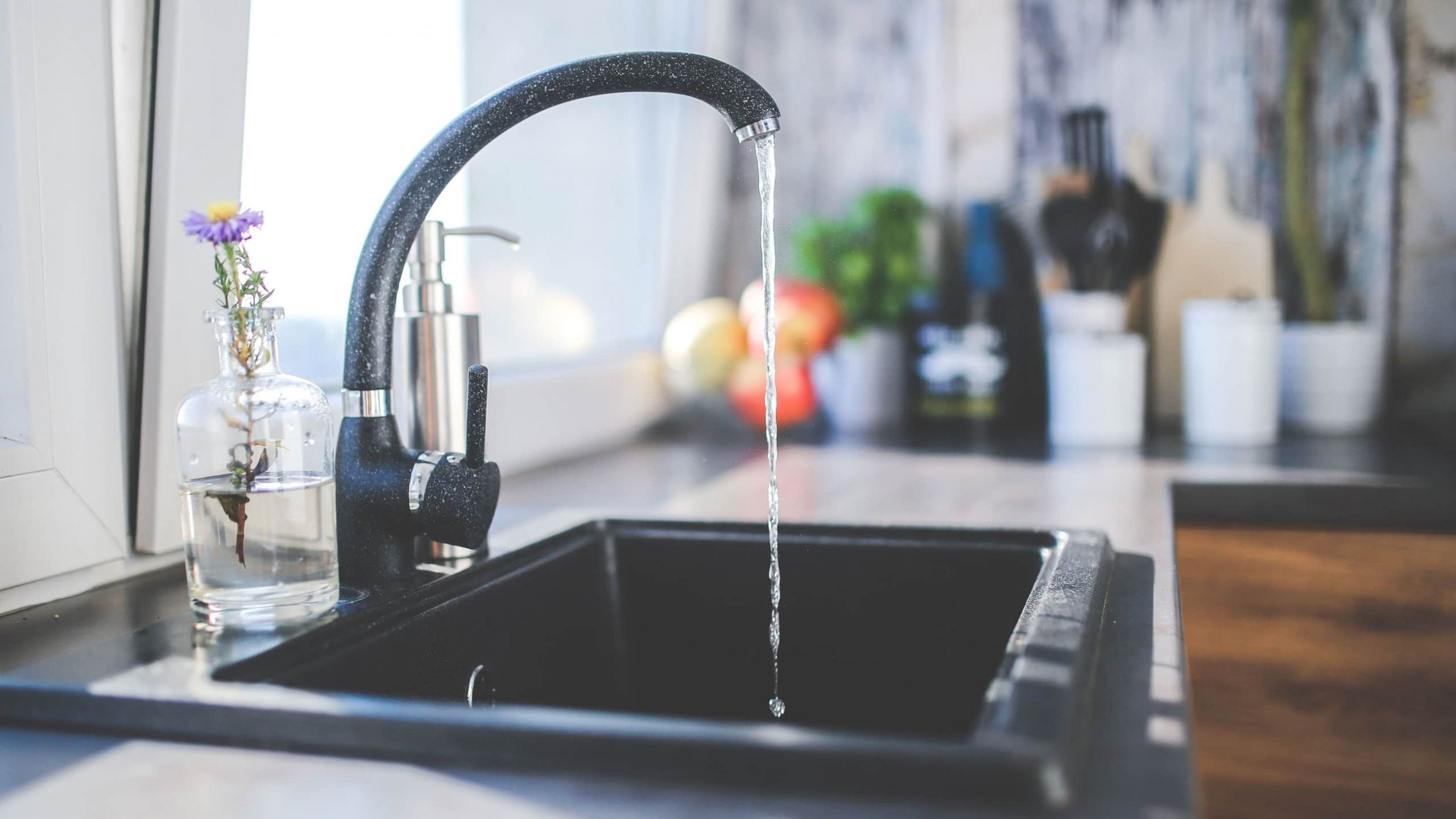This is a stubborn stain to clean…
Did you know that a less efficient washing machine can use up to 200 litres of water per cycle? Or that by doing your laundry you can be releasing microplastics into the sea and ocean? It’s time to clean up your cleaning habits.Everyone knows that laundry has its quirks and tricks. Detergent or soap? Hand or machine wash? Water or dry cleaning? It depends on the garment, on the fabric, or on the colour, for instance. But there are many other nuances – that frequently slip our minds – when doing laundry. Have you thought of the quantity of water you’ll need to wash your bed linen? What about electricity?
Get inspired by these tips to do laundry in a more efficient and sustainable way.
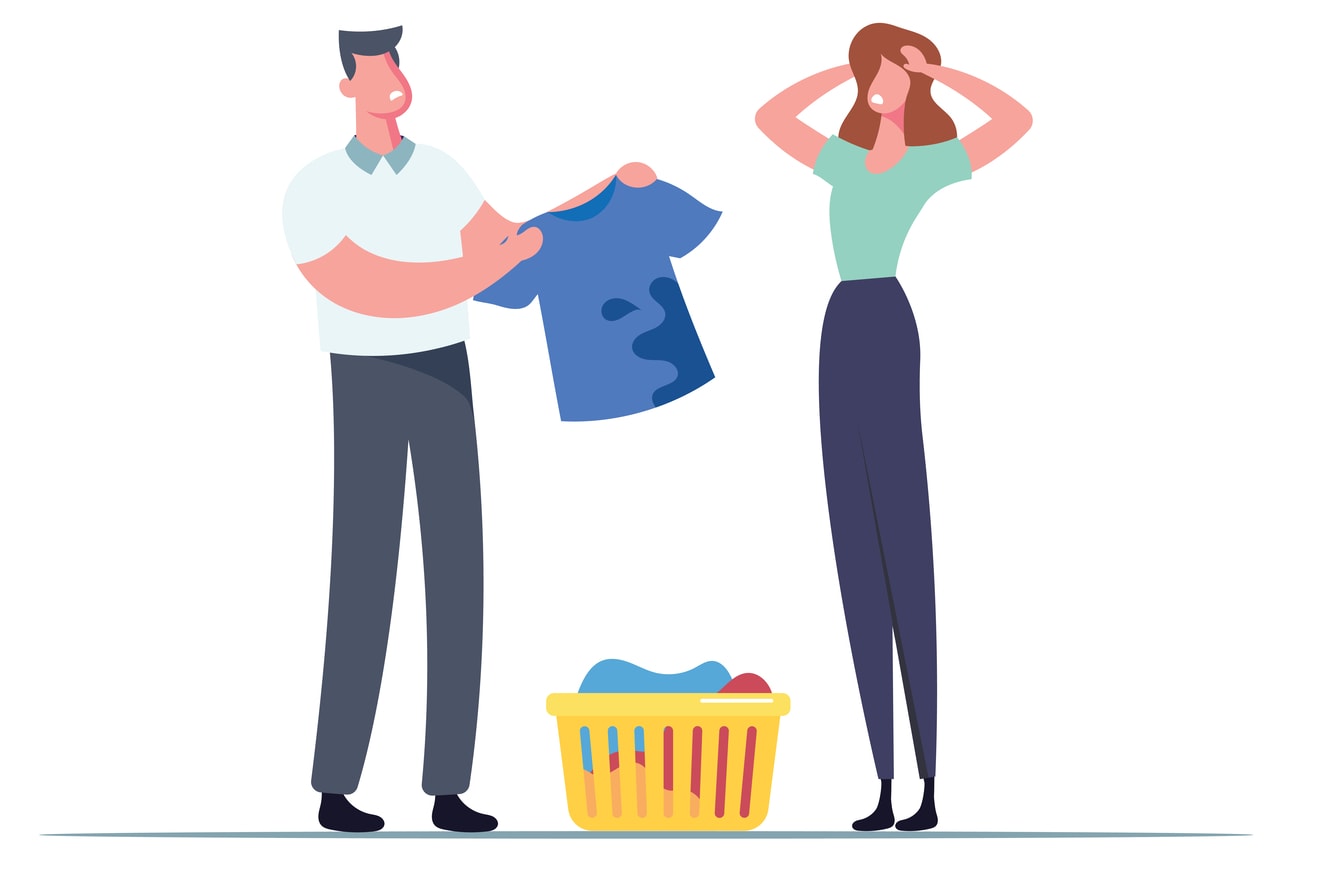
-
No need to do your laundry so often!
Don’t get offended just yet. Obviously dirty, smelly clothes need a wash. And under a pandemic, you need to double down on your attention to washing and disinfecting. However, many garments like trousers, jeans, sweatshirts or jumpers can be used more than once – and, between uses, we recommend airing the clothes out so that they feel newly-washed. You will save water, energy and will certainly not wear your clothes so much with excess washing.
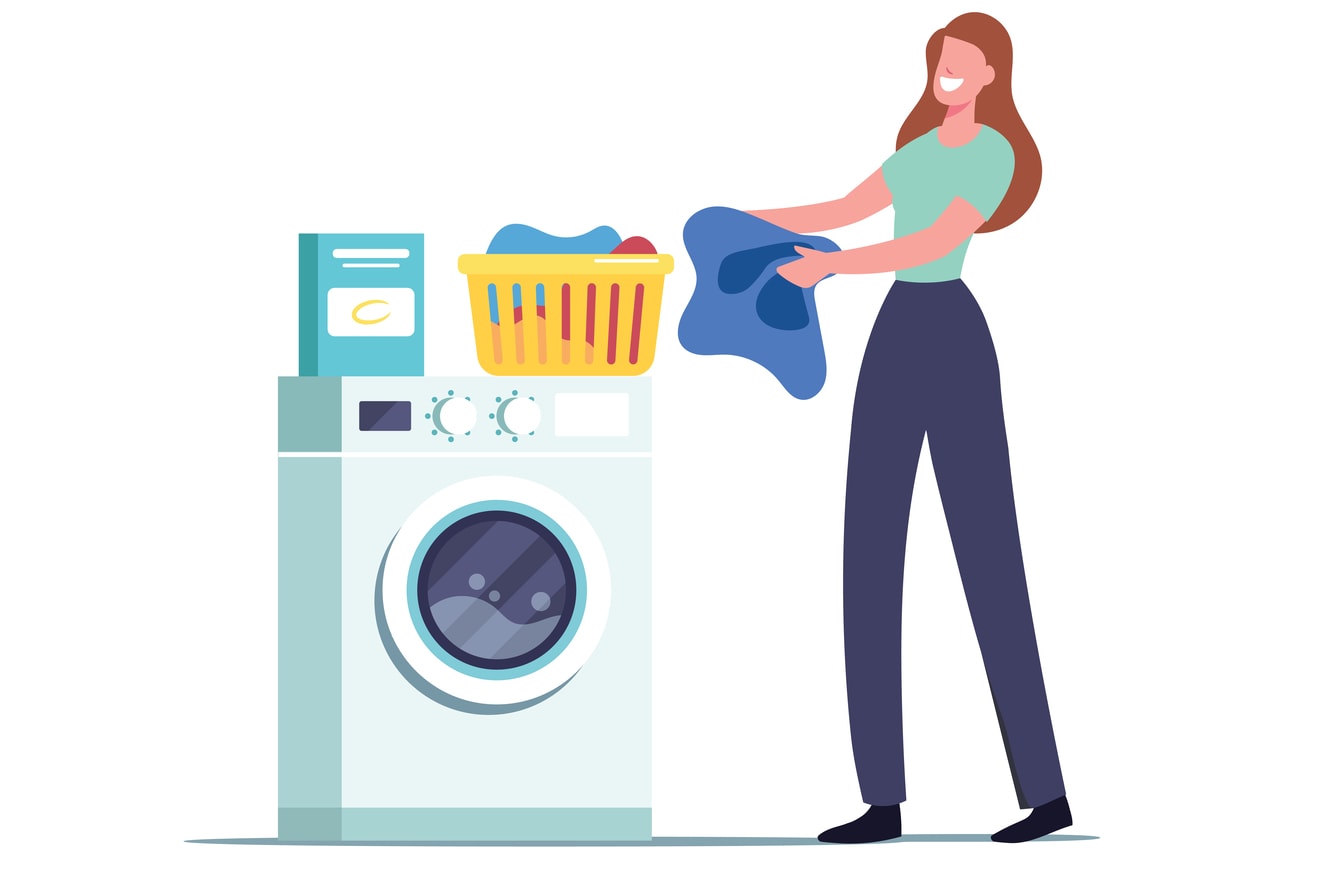
-
Get that eco detergent
Many conventional laundry detergents may contain microplastics and toxic substances that can both be harmful to aquatic environments and irritants to the eyes and skin. Choosing products with the EU Ecolabel certification, for example, is a good way to respect the environment when doing laundry.
All the products with this certification follow strict criteria in all the stages of production, from the extraction of raw materials to the moment they dissolve in water and follow their course to the seas and oceans. The goal is to minimise not only the direct environmental impacts like aquatic ecosystem pollution, but also the indirect ones like carbon emissions during production. Besides, the substances in washing detergents and fabric softeners with this certification are also highly biodegradable.
The EU Ecolabel certification is not only attributed to washing detergents and fabric softeners, but also to other cleaning products for the home, like multi-surface cleaner or even paper kitchen towels.
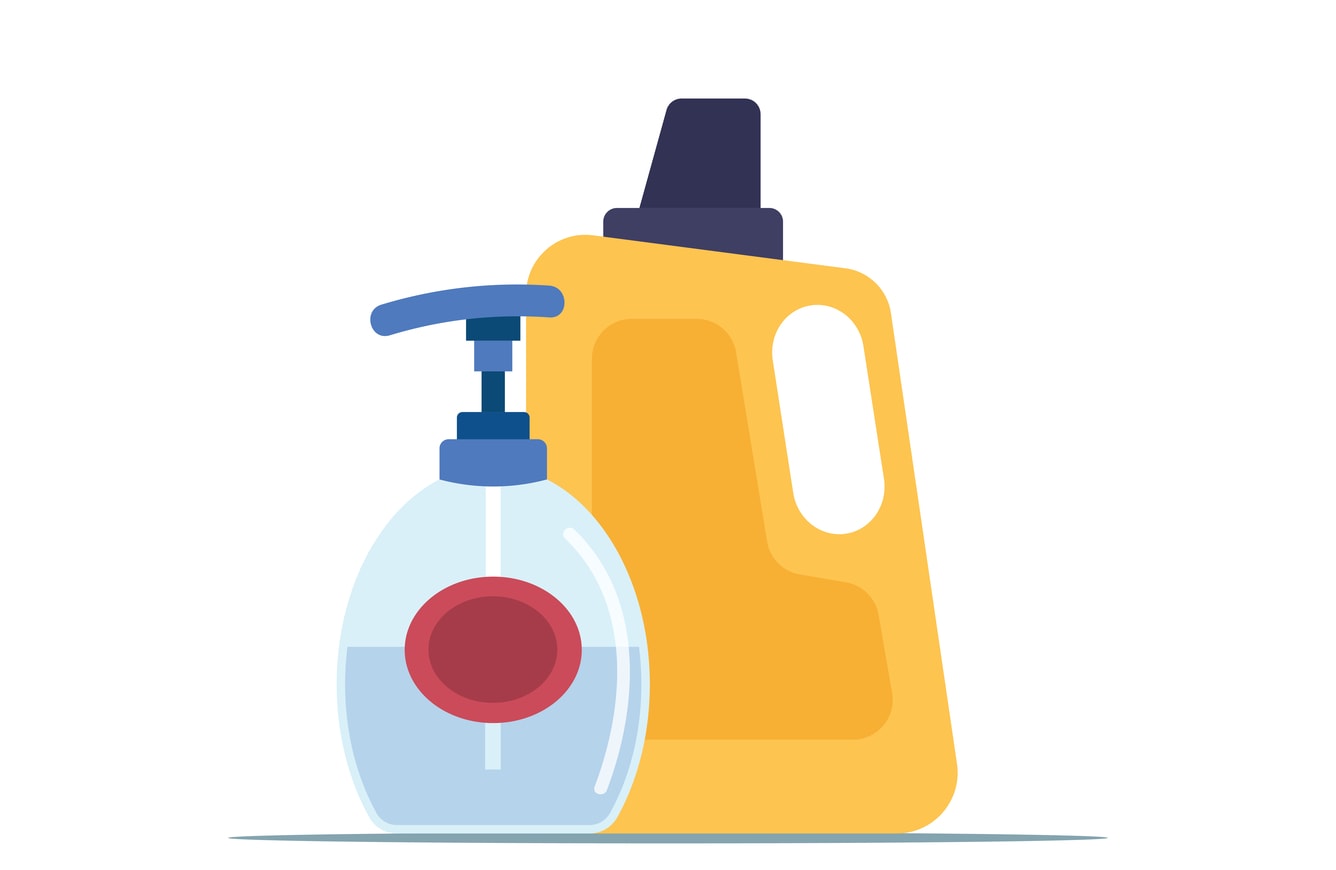
-
Concentrate on concentrated detergents and softeners
Using a concentrated detergent means you get the same (or higher) amount of washes with a smaller quantity of product. But the consequences are not purely economic. According to Clean Right, the official European consumer portal of the detergents and maintenance products industry, using concentrated detergent or softener helps reduce the amount of product used, the number of substances (albeit biodegradable) that are released to the sewage system, and also the carbon dioxide emissions resulting from transportation.
Over the last two decades and through detergent compaction, it was possible to achieve in Europe a reduction of 30 million tonnes of product used – about 45% less. On the other hand, Clean Right explains that a compacted laundry detergent or softener will probably have improved formulas that make them more efficient during washes than non-compacted ones.

-
Make your own laundry detergent
For clothes that are only slightly dirty and don’t have stubborn or tough stains, you can use a homemade laundry detergent. You just need two or three ingredients that are probably already lying around in your larder. Know how to make DIY laundry detergent and other cleaning products at home.
Another option, for delicate pieces that need to be handwashed, is using soap bars – vintage style. Remember, these soap bars are extremely compacted, and you will only need a small quantity. They’re great to take on trips! However, do not use soap bars for wool, satin, linen, or fabrics that can bleed colours, since these bars are slightly alkaline and can damage sensitive fabrics.
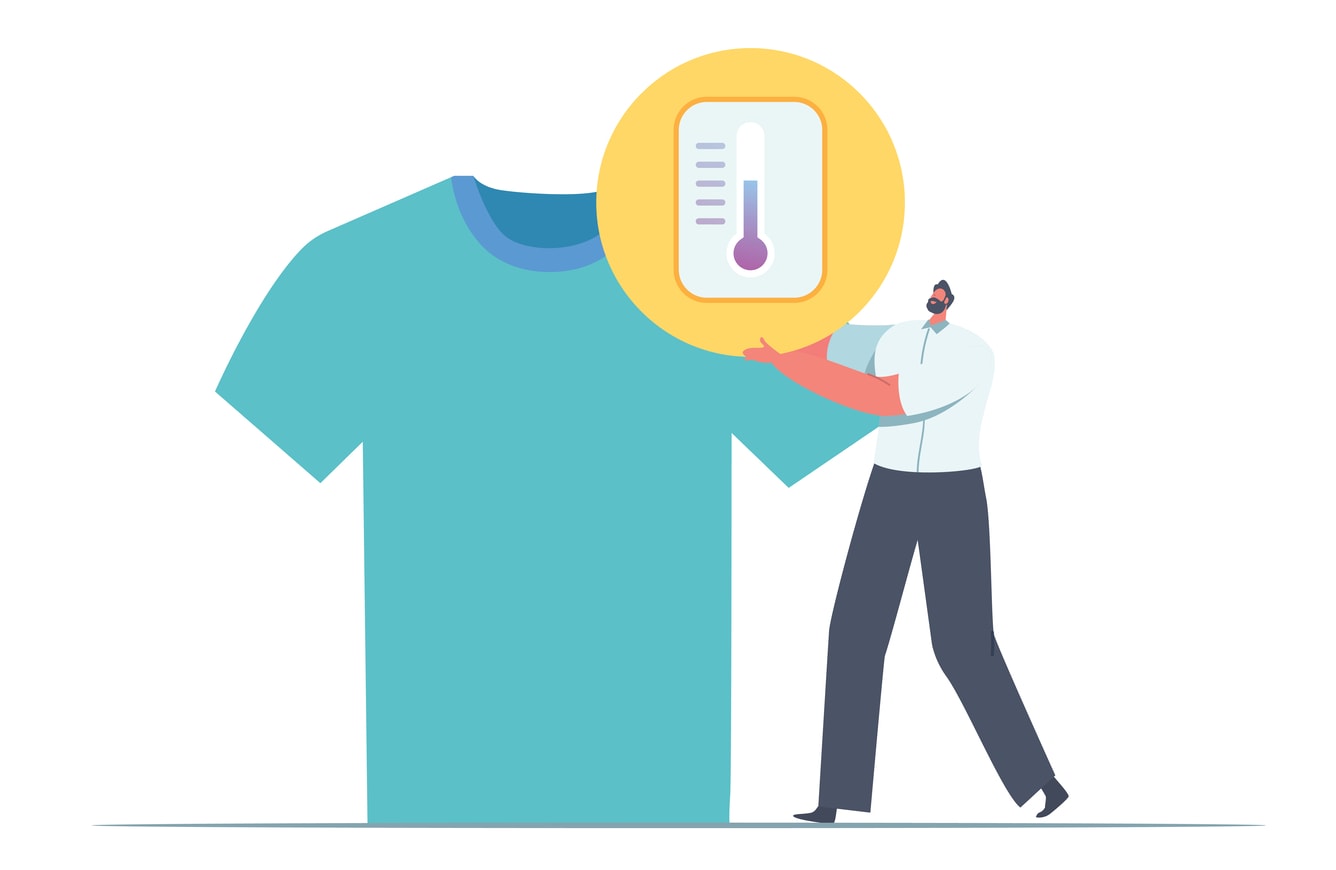
-
Wash cold(er)
Clothes that are not heavily soiled do not need high temperature washes. Using colder wash cycles helps you to save money in each cycle, but also to prolong your clothes’ lives. According to the European initiative I Prefer 30°, doing your laundry at 30 °C uses 60% less energy than it does at 60 °C.
At the same time, and in the case of a polyester piece of clothing, washing in colder cycles reduces the probability of releasing microplastics onto the sewage system. Since we’re on the topic of microplastics, try using slower rotation speeds for your spinning cycles. Fewer microplastics will be released during centrifugation.
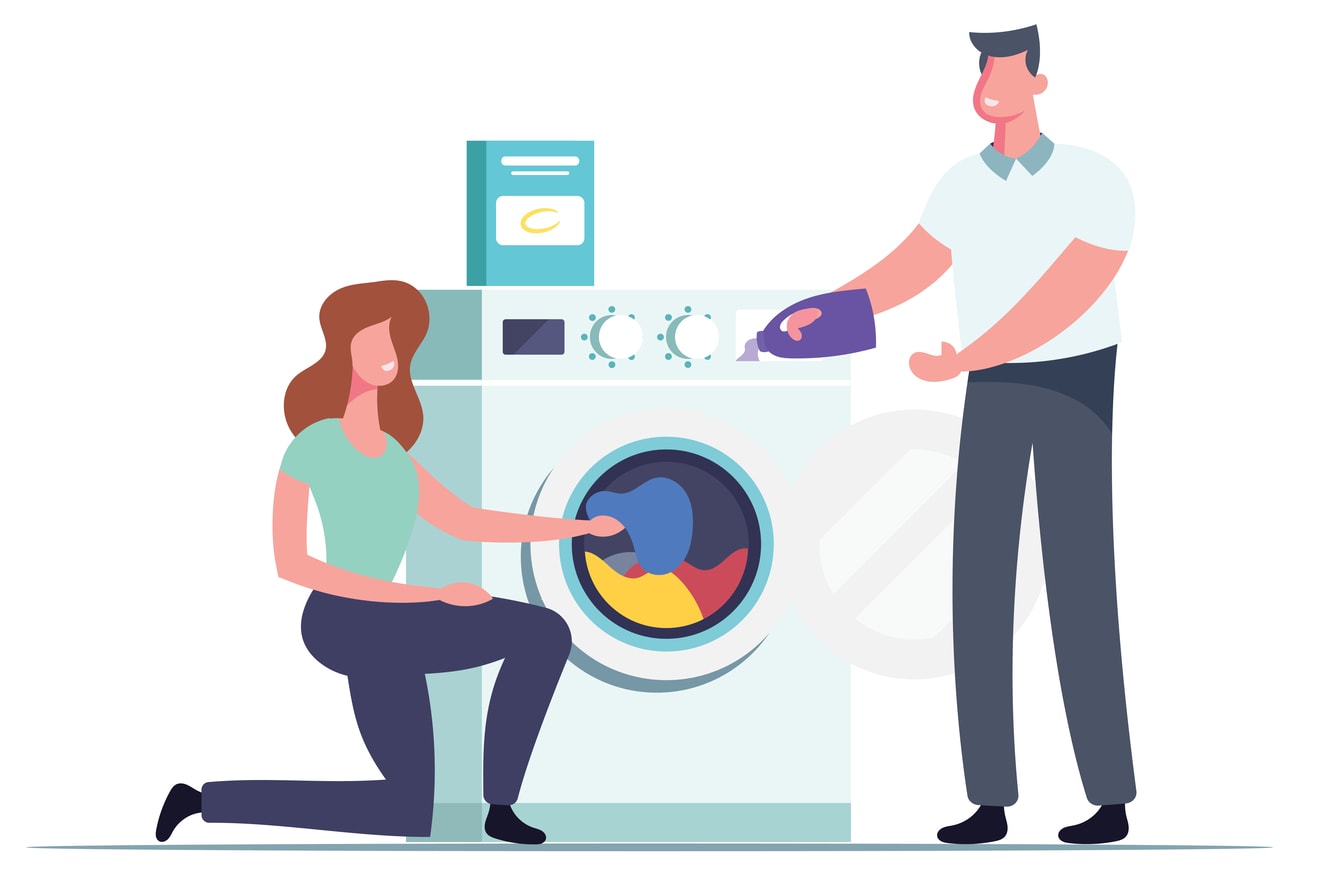
-
Fill your washing machine
To maximise the efficiency of your washing machine and reduce water, electricity and detergent waste, fill your washer to its max capacity. If you really need to run a cycle with only a few items, use the half-load function if available – but beware, this mode does not use only half the water and half the electricity.
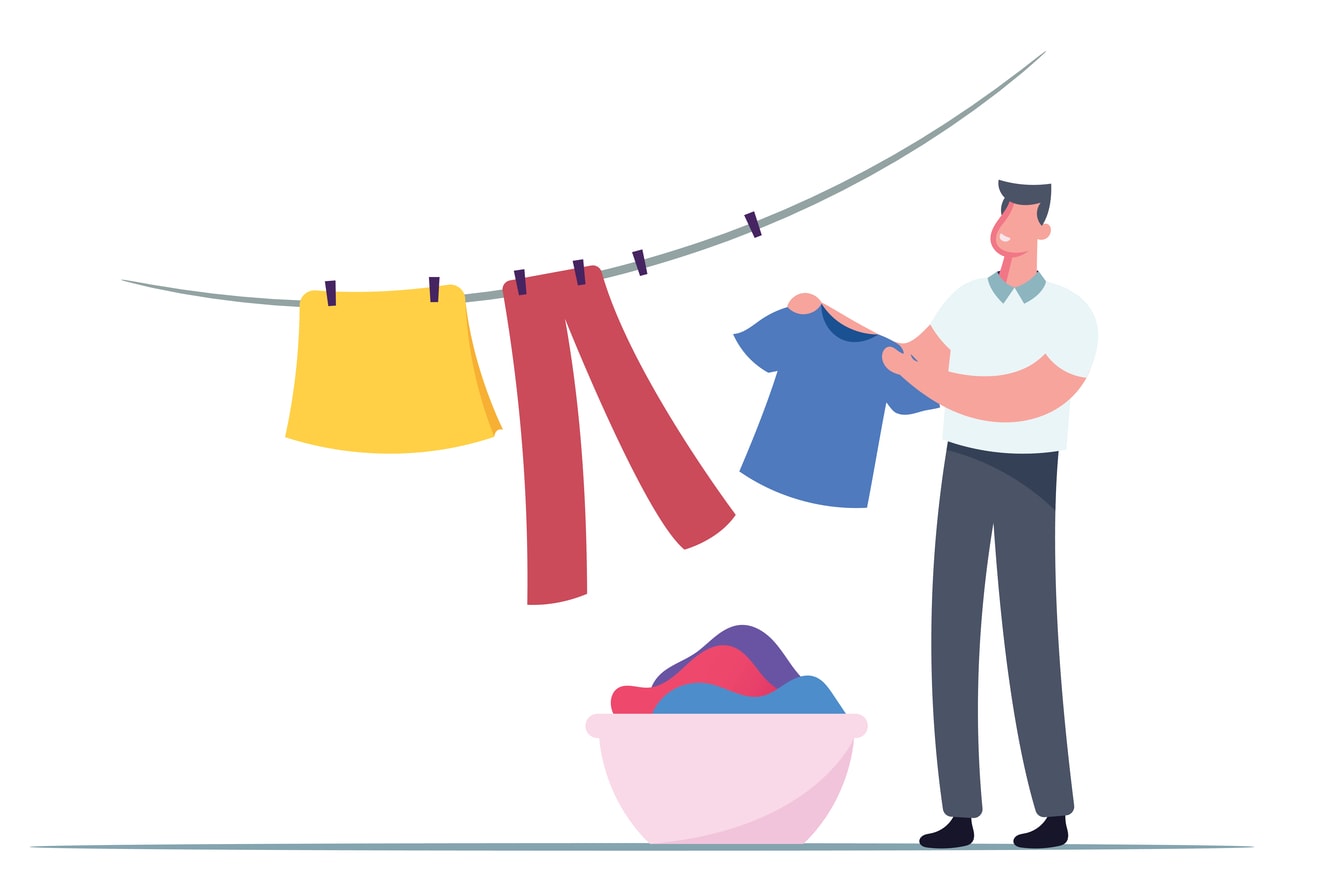
-
Air-dry your clothes
Whenever possible, air-dry your clothes. Keep your dryer for rainy, cold, or very humid days and take advantage of the Sun whenever you can. And, whenever you use your dryer, separate thick and thin clothing to optimise the drying process.

-
Go for natural fibres
Synthetic fabrics usually need more washes since they absorb odours more easily. Natural fibres like organic cotton and wool get dirty less often, dry faster, and are more resistant, thus having a longer lifetime. These clothes tend to be on the pricier side, we know, but they do last in the long run. How they say: buy nice or buy twice.
According to EU estimates, more than 2,700 litres of water are needed to produce one simple t-shirt. This is enough to cover a person’s recommended water intake for two and a half years.
